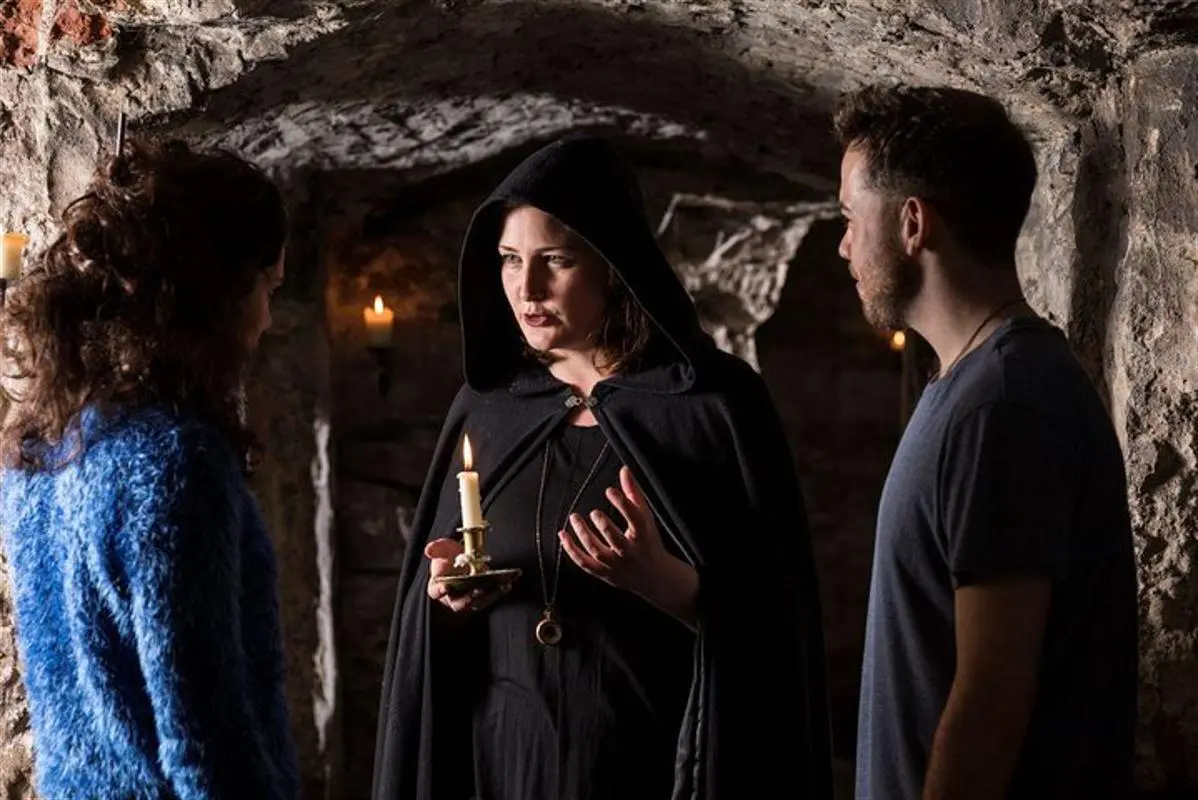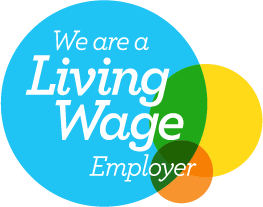
Extended Stays in Edinburgh: Why Apartment-Style Accommodation Is the Best Choice
Edinburgh is one of those rare cities that combines historic charm with vibrant modern life. Whether you’re here for business, relocating, studying, or simply taking time to explore Scotland’s capital at a slower pace, one thing is certain: where you stay makes all the difference.
While hotels offer convenience for short breaks, apartment-style accommodation is fast becoming the preferred option for longer visits. And for good reason – more space, more flexibility, and all the comforts of home make extended stays far more enjoyable and cost-effective.

With two premium locations across central Edinburgh, Mansley offers elegant, self-contained apartments designed specifically for guests who want more from their stay. Here’s why this type of accommodation is the smart, stylish choice for long-term travellers.
More Than a Room: Live Comfortably for the Long Haul
Separate Spaces for Work, Rest, and Play
One of the biggest advantages of Mansley’s apartment-style living is the room it gives you to live like a local. Unlike standard hotel rooms, each apartment usually includes a separate bedroom, a fully equipped kitchen, and a lounge – giving you space to cook, work, unwind, or entertain.

This layout is especially helpful for remote workers, couples on extended holidays, and anyone travelling with a partner or child.
Thoughtful Design Meets Practical Comfort
Each property is styled with a refined eye for detail, blending classic Edinburgh architecture with modern interiors – generous windows, soft lighting, and furniture chosen for both aesthetics and comfort.
Alongside this, practical features make life on the road easier:
- Fast, reliable Wi-Fi suitable for remote working
- Daily housekeeping for freshness without intrusion
- Laundry facilities for longer stays
- Fully equipped kitchens with fridge, oven, hob, and tableware
Whether you’re preparing your own meals or just enjoying the extra space, this is a more natural, comfortable way to live during longer stays.
The Lifestyle Benefits of Extended Apartment Stays
Your Schedule, Your Way
Hotel routines can become restrictive over time – fixed breakfast hours, room cleaning interruptions, and dining out night after night. With a Mansley apartment, you’re in control of your own time.
Start your day with a home-cooked breakfast. Pop out to the local market and bring back fresh produce. Enjoy a quiet evening with a film in your living room, or host visiting friends for a casual dinner. That’s the beauty of residential-style accommodation: it supports your life, not just your sleep.
Stay Fit, Stay Connected
Need to keep up with your workout routine or regular meetings? The space, internet reliability, and central location of Mansley’s apartments make it easier to maintain healthy habits while away. And if you’re here for work, you’ll appreciate having a desk or dining table to use as your remote office – without needing to book co-working spaces.
https://www.edinburghleisure.co.uk for local gyms
https://www.wework.com/en-GB/l/coworking-space/edinburgh for flexible workspace options
Prime Locations for Effortless City Living
Walk to Everything
Mansley apartments are set in Edinburgh’s most desirable neighbourhoods – New Town, West End, and near Princes Street. From your front door, you can easily access:
- World-class shopping on George Street
- Gourmet dining and independent cafes
- Grocery stores, pharmacies, and high-street amenities
You’ll also be within walking distance of the Royal Mile, Edinburgh Castle, Holyrood Palace, and the Scottish National Gallery.

Travel Connections at Your Doorstep
Need to commute or explore beyond the city? Waverley Station and Haymarket are both nearby, as are the city’s trams and buses. You’ll also have quick access to the airport and direct trains to Glasgow, Inverness, and London.
https://edinburghtrams.com
https://www.scotrail.co.uk/plan-your-journey
A Smarter Way to Stay: Cost, Convenience & Clarity
Transparent Pricing for Longer Visits
Mansley offers competitive rates for weekly or monthly stays, with everything you need included in one price:
- All utilities (water, electricity, heating)
- Internet and Wi-Fi
- Council tax and TV licence
- Housekeeping and linen service
This makes budgeting simple and often works out cheaper than comparable hotels or short-let platforms over time.
Book Direct for the Best Benefits
When you book directly through Mansley’s website, you’ll receive the most competitive rates, flexible cancellation policies, and exclusive perks. Business travellers and relocation agents can also enquire about tailored packages.
Who Should Consider Apartment Living in Edinburgh?
This style of accommodation is ideal for:
- Corporate guests on secondments or contract work
- Academics and postgraduates studying at Edinburgh’s universities
- Couples and solo travellers staying for a month or more
- Remote workers and digital nomads seeking city life with home comforts
- Relocators and homeowners in need of a temporary base
Why Choose Mansley for Your Stay?
Mansley’s reputation for elegance, flexibility, and five-star service sets it apart from typical city accommodation. Guests consistently rate Mansley properties highly for their location, cleanliness, and the balance of independence and support.
With years of experience in welcoming long-stay travellers, the team knows what makes a stay seamless – from move-in readiness to local tips and responsive guest support.
Conclusion: The Ideal Long-Term Living Experience in Edinburgh
For travellers planning to stay in Edinburgh for more than a few days, hotel rooms can quickly become limiting. Mansley’s apartment-style accommodation offers a lifestyle upgrade – giving you more freedom, more space, and more value.
Whether you’re here to work, study, explore, or settle temporarily, Mansley combines the comfort of home with the convenience of a top-tier city stay.
Book Your Extended Stay in Edinburgh Now
Enquire About Monthly Rates
Explore Our Apartments Across the City










































